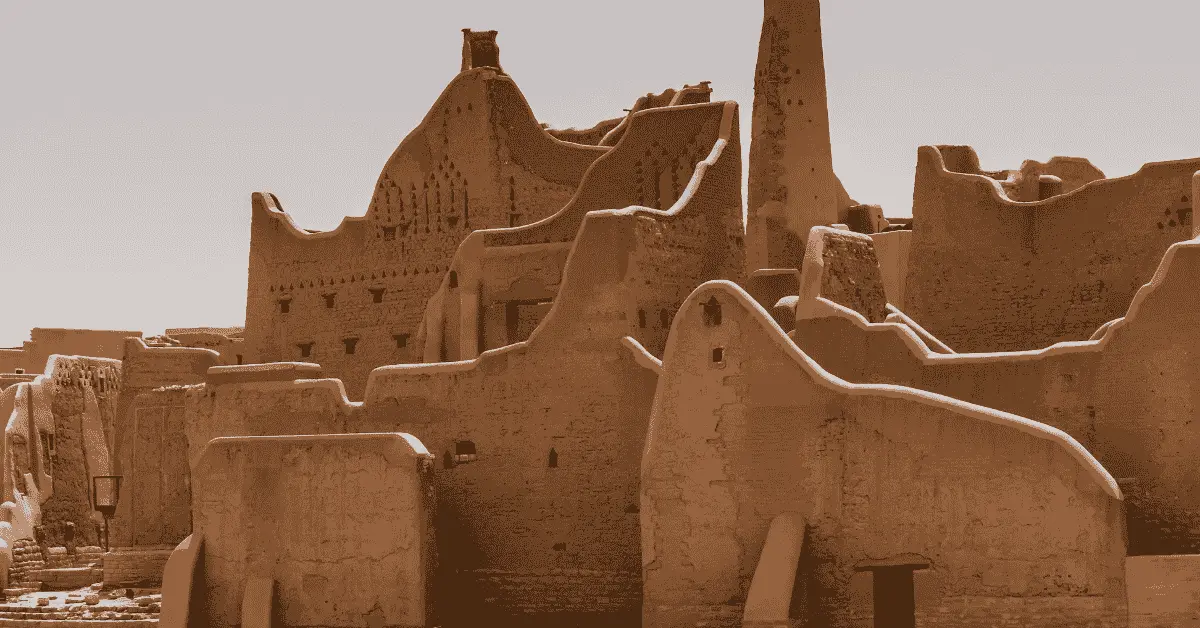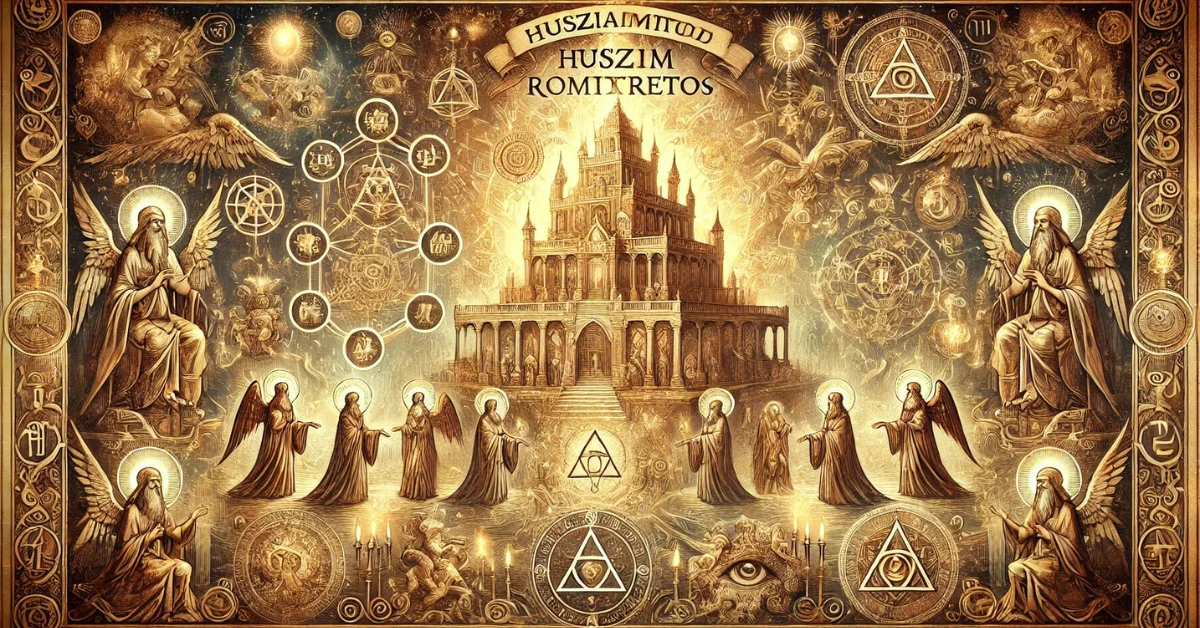The world has always been shaped by communities and cultures that leave behind traces of rich tradition, obscure symbolism, and captivating folklore. Among these enigmatic groups are the Ciulioneros—a mysterious people whose origins, customs, and societal roles continue to intrigue historians, anthropologists, and cultural enthusiasts alike. Though little is widely known, the legacy of the Ciulioneros stands as a testament to resilience, creativity, and cultural fusion.
Origins and Etymology
The term Ciulioneros is believed to have derived from a regional dialect, possibly Latin-rooted, indicating a group of people associated with craftsmanship, rebellion, or a unique socio-political structure. Some historical texts suggest that the Ciulioneros may have emerged during the late medieval or early Renaissance period in remote mountain regions of Southern Europe or the Iberian Peninsula. Others believe the group could be linked to a nomadic tribe that integrated into various local cultures over centuries.
Historical Context and Evolution
The Ciulioneros were reputed to be master artisans, known for their elaborate woodwork, metal engraving, and musical instrumentation. During the feudal era, they operated as semi-autonomous communities, often settling on the outskirts of major cities and towns but maintaining distinct governance and codes of conduct.
Due to their outsider status and exceptional skills, they were often revered yet misunderstood. Historical accounts from the 16th and 17th centuries describe the Ciulioneros as both “keepers of the old ways” and “agents of change.” Their art often depicted themes of transformation, spiritual duality, and natural harmony—clues to a worldview rooted in balance and symbiosis with the earth.
Cultural Traditions and Symbolism
One of the most fascinating aspects of Ciulionero culture is their use of symbolism. Their iconography frequently features intertwined serpents, crescent moons, and hollow trees—symbols believed to represent rebirth, hidden knowledge, and ancestral memory. These were not merely decorative but played crucial roles in rituals, storytelling, and societal hierarchy.
Oral Tradition and Storytelling
The Ciulioneros placed immense value on oral tradition. Elders would pass down parables and tales designed to instill ethics, survival skills, and historical memory. Unlike written history, their narratives were fluid—adapted by each generation to reflect contemporary challenges while preserving the essence of ancient teachings.
Music and Art
Another unique cultural marker was their music, often described as haunting, rhythmic, and hypnotic. Instruments like the ziralpa (a stringed instrument native to their community) and fluted bone whistles were common in ceremonies and public gatherings. Their visual art embraced geometric patterns and abstract forms that echoed themes of transience and eternity.
Modern Legacy and Interpretations
In today’s world, the Ciulioneros remain somewhat of a folkloric mystery. However, fragments of their legacy survive in regional art, family surnames, ceremonial dances, and oral customs. Some scholars argue that the Ciulioneros played a role in shaping early forms of anarchic self-governance or cooperative guilds in pre-industrial societies.
A resurgence of interest in indigenous and forgotten cultures has led researchers to re-examine the stories of the Ciulioneros. With archaeological digs and linguistic studies underway, there’s hope that more concrete insights will emerge, shedding light on this elusive group’s true historical footprint.
Cultural Impact and Relevance Today
In an era where globalization often blurs cultural lines, the Ciulioneros serve as a powerful reminder of the importance of cultural autonomy and preservation. Their story encourages us to seek harmony with nature, value oral wisdom, and respect the multifaceted identities within society.
Their enigmatic past also offers fertile ground for writers, filmmakers, and creatives, leading to fictional adaptations, graphic novels, and even video games inspired by the Ciulionero aesthetic and folklore.
FAQs
Q1: Who were the Ciulioneros?
A: The Ciulioneros were a mysterious and semi-nomadic cultural group believed to have existed in Southern Europe during the medieval to early modern period. They were known for their artisanal skills, oral storytelling, music, and symbolic traditions.
Q2: Are there any Ciulioneros today?
A: While the original community is believed to have gradually dissolved or integrated into other cultures, traces of their legacy still exist in certain regional traditions, surnames, and artisanal practices.
Q3: What made Ciulionero culture unique?
A: Their deep reliance on symbolism, oral traditions, and harmonious living with nature set them apart. They had a distinctive worldview that emphasized balance, transformation, and ancestral reverence.
Q4: What language did the Ciulioneros speak?
A: The exact language is unknown, but it’s believed they spoke a dialect influenced by early Romance languages, possibly infused with local or tribal linguistic elements.
Q5: What kind of art did the Ciulioneros produce?
A: They created intricate woodwork, metal engravings, geometric paintings, and music using handmade instruments. Their art often symbolized philosophical and spiritual concepts.
Q6: Why are the Ciulioneros considered enigmatic?
A: Due to the limited written records, dispersed nature, and the symbolic depth of their culture, much about the Ciulioneros remains speculative or cloaked in mystery.
Q7: How are scholars researching the Ciulioneros today?
A: Through archaeological studies, analysis of oral histories, comparison with similar communities, and linguistic research to reconstruct possible cultural connections.











